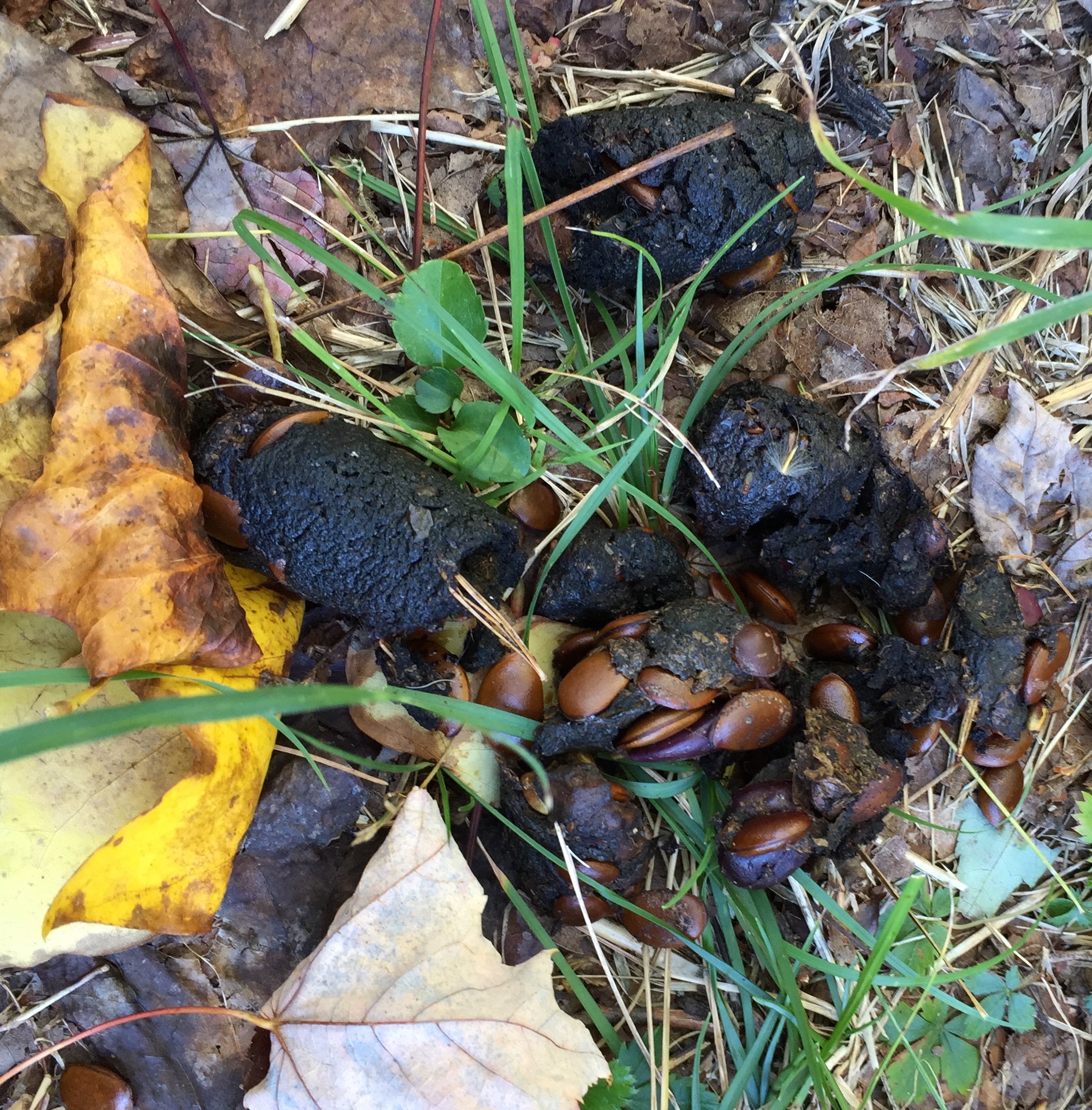Night Hunter: Tracking And Identifying Animals Of The Night

Table of Contents
Essential Equipment for the Night Hunter
Having the right equipment is crucial for safe and effective night wildlife observation and tracking. The wrong tools can lead to frustration and potentially disturb the very animals you're hoping to observe. Let's explore the essentials:
Illumination: Lighting the Way Responsibly
Choosing the right light source is paramount. Different types of lights serve different purposes, and some are far more considerate of nocturnal wildlife than others.
- Red light headlamps: These are ideal for night vision and minimizing the impact on animal vision. Red light has less disruptive effect on animals' night vision than white light. Opt for headlamps with adjustable brightness settings for versatility.
- Spotlights: These are useful for brief observations, but should be used sparingly. The intense beam can startle animals, causing them to flee or become stressed. Only use spotlights for very short periods and at a distance.
- Night vision devices: For serious nocturnal wildlife enthusiasts, night vision devices offer unparalleled observation capabilities. These high-end options allow for detailed observations without disturbing the animals, but they come with a significant price tag.
Tools for Tracking: Documenting Your Discoveries
Beyond illumination, you need tools to find and document your findings. Careful record-keeping is essential for any serious night hunter.
- Flashlights with different beam settings: A flashlight with adjustable focus is vital for navigating in the dark and illuminating tracks or other signs.
- Binoculars or a spotting scope: These are crucial for observing animals from a safe distance, minimizing disturbance.
- A notebook and pen: Record everything – time, location, animal observations, track details, weather conditions. This detailed logging is essential for learning and future reference.
- A camera with a night vision or low-light setting: Capture photographic evidence of your findings – tracks, animal sightings, and habitat characteristics.
- Measuring tape or ruler: For accurate track measurements, helping you identify the species based on track size and shape.
Understanding Nocturnal Animal Behavior
Nocturnal animals exhibit unique behaviors adapted to their nighttime lifestyle. Understanding these behaviors is key to successful tracking and identification.
Identifying Nocturnal Animal Habitats: Where to Look
Different habitats support different communities of nocturnal animals. Knowing where to look significantly increases your chances of spotting wildlife.
- Forests: Owls (great horned owls, barred owls), raccoons, foxes, and deer are commonly found in forest environments.
- Wetlands: Frogs, various nocturnal birds, otters, and muskrats are often active in wetlands.
- Deserts: Nocturnal rodents (kangaroo rats, desert mice), reptiles (snakes, lizards), and some insects thrive in desert environments.
- Urban areas: Opossums, rats, cats, and even some birds adapt surprisingly well to urban habitats.
Recognizing Nocturnal Animal Signs: Deciphering the Clues
Nocturnal animals leave behind a variety of clues that can be used to identify them. Learning to read these signs is crucial for effective tracking.
- Track size and shape: Different animals leave unique track patterns. Track size and shape can often narrow down the species possibilities.
- Scents and marking behaviors: Many nocturnal animals utilize scent marking to communicate and establish territory. Pay attention to any unusual smells or markings.
- Vocalizations: Nocturnal animals utilize a variety of sounds for communication, hunting, and defense. Learning to identify these calls is vital.
- Signs of foraging or feeding: Look for evidence of feeding – scat, remains of prey, disturbed vegetation, or shell fragments.
Mastering Nighttime Tracking Techniques
Effective tracking requires patience, attention to detail, and understanding of the animal's behavior.
Following Tracks: Tracing the Path
Following a track is a meticulous process requiring careful observation and deduction.
- Identifying the type of animal from the track: Size, shape, and gait patterns provide clues.
- Recognizing changes in gait (speed, direction): Tracks can reveal information about the animal's activity and intentions.
- Using trail cameras to aid tracking: Trail cameras can greatly aid in tracking by providing photographic evidence of animal activity.
Utilizing Other Senses: Beyond Sight
While sight is important, other senses significantly enhance your tracking abilities.
- Identifying animal sounds: Listen for distinctive calls, rustling, or other sounds indicating animal presence.
- Detecting the scent of animals: Animals leave behind scent trails that can be detected with practice and with the help of the wind.
- Using wind direction to your advantage: Wind direction can help to determine the direction an animal has traveled.
Identifying Common Nocturnal Animals
This section provides a brief guide to identifying some common nocturnal species. This is not exhaustive, but provides a starting point for your nocturnal wildlife identification skills.
Visual Identification: Seeing in the Dark
Even at night, visual clues can aid in identifying nocturnal animals.
- Size and shape: Is it large and bulky, or small and slender?
- Color and pattern: Observe distinctive markings or colorations, even in low light.
- Movement: How does it move? Does it hop, walk, or fly?
Audio Identification: Listening for Clues
The sounds nocturnal animals make can be just as important as visual identification in recognizing species.
- Owls: Learn to distinguish the calls of great horned owls, barred owls, and screech owls.
- Coyotes: Coyote howls are unmistakable.
- Raccoons: Listen for their characteristic rustling and chattering sounds.
- Frogs: Different species have distinct calls.
Conclusion
Successfully becoming a skilled "Night Hunter" requires careful preparation, keen observation, and a deep understanding of nocturnal animal behavior. By utilizing the appropriate equipment, understanding animal habitats and tracks, and mastering nighttime tracking techniques, you can confidently explore the fascinating world of nocturnal wildlife. Continue honing your "Night Hunter" skills by practicing these techniques and expanding your knowledge of nocturnal animals in your local area. Remember to always practice responsible wildlife observation and leave no trace behind! Start your nocturnal wildlife adventures today and become a master of night animal tracking and identification.

Featured Posts
-
 Kompanys Team Volledig Afgemaakt Vernederende Uitslag En Felle Reacties
May 11, 2025
Kompanys Team Volledig Afgemaakt Vernederende Uitslag En Felle Reacties
May 11, 2025 -
 Watch Robert F Smith Grand Slam Tracks Us Debut In Miami
May 11, 2025
Watch Robert F Smith Grand Slam Tracks Us Debut In Miami
May 11, 2025 -
 Bessere Organisation Von Asylbewerberunterkuenften Koennte 1 Milliarde Euro Sparen Fordern Beiraete
May 11, 2025
Bessere Organisation Von Asylbewerberunterkuenften Koennte 1 Milliarde Euro Sparen Fordern Beiraete
May 11, 2025 -
 Montego Bay A Jamaican Vacation Mix
May 11, 2025
Montego Bay A Jamaican Vacation Mix
May 11, 2025 -
 Controversial Shane Lowry Video Creates Stir Among Us Golf Fans
May 11, 2025
Controversial Shane Lowry Video Creates Stir Among Us Golf Fans
May 11, 2025
